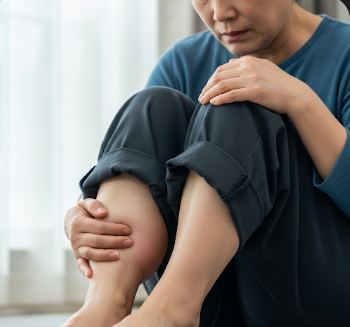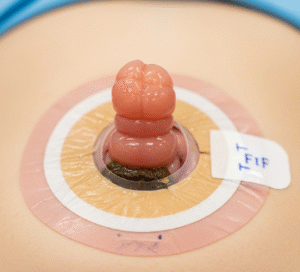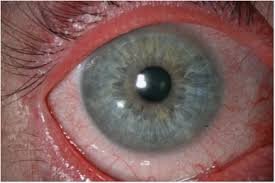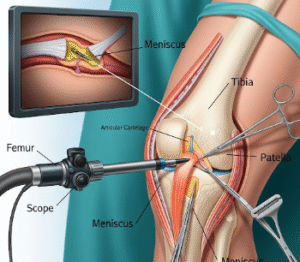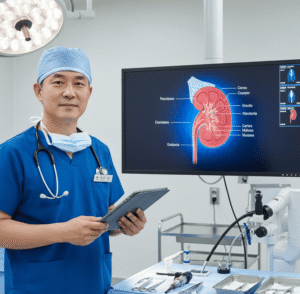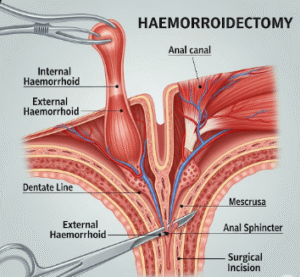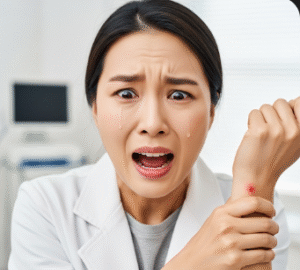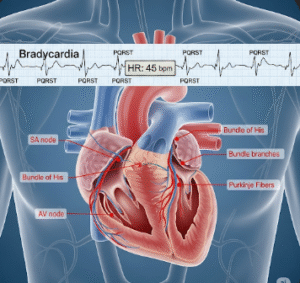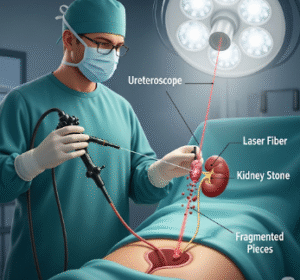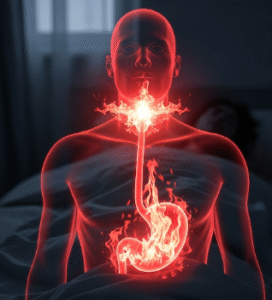➤ Overview
Swelling of the legs, medically known as peripheral edema, refers to abnormal accumulation of fluid in the tissues of the lower extremities. This condition can affect one or both legs and may range from mild puffiness to severe swelling that interferes with mobility.
In South Korea, leg swelling is commonly evaluated by primary care physicians, cardiologists, nephrologists, and vascular specialists. Identifying the underlying cause is critical, as it may result from circulatory, kidney, liver, or heart conditions, or more localized causes such as injury or infection.
➤ Key Facts
→ Peripheral edema can affect any age group, but is more common in older adults or individuals with chronic diseases.
→ Swelling can be painless or accompanied by discomfort, redness, or heaviness.
→ In Korea, assessment includes physical examination, blood tests, urinalysis, and imaging studies.
→ Causes may be systemic (heart, liver, kidney) or local (venous insufficiency, trauma).
→ Chronic swelling can lead to skin changes, ulcers, or infection if untreated.
→ Early diagnosis and treatment can improve mobility, prevent complications, and enhance quality of life.
→ Lifestyle management, including exercise, diet, and compression therapy, plays a vital role in long-term care.
➤ What is Swelling of the Legs?
Swelling of the legs occurs when fluid leaks from blood vessels or lymphatics into surrounding tissues:
→ Edema – The medical term for fluid accumulation causing visible swelling.
→ Pitting edema – When pressing on the swollen area leaves a temporary indentation.
→ Non-pitting edema – Swelling that does not leave an indentation, often associated with lymphatic issues.
→ Unilateral vs. bilateral – One leg affected may suggest localized issues; both legs suggest systemic causes.
→ Acute vs. chronic swelling – Acute swelling may result from injury or infection, while chronic swelling is often due to underlying disease.
→ Dependent edema – Swelling worsens when legs are lowered, typically seen in heart or kidney-related edema.
Korean healthcare providers classify leg swelling based on duration, severity, pattern, and underlying causes to guide treatment.
➤ What Symptoms are Related to Swelling of the Legs?
Swelling is often accompanied by various physical symptoms and discomfort:
→ Visible swelling – Puffiness or enlargement of ankles, feet, or calves.
→ Heaviness or tightness – Sensation of weight or pressure in the legs.
→ Skin changes – Shiny, stretched, or discolored skin in severe cases.
→ Pain or tenderness – Especially if caused by injury, infection, or deep vein thrombosis.
→ Limited mobility – Difficulty walking or bending the ankle.
→ Pitting – Indentation when pressing the swollen area.
→ Associated systemic symptoms – Shortness of breath, fatigue, or weight gain if related to heart or kidney disease.
→ Redness, warmth, or ulceration – May indicate infection or venous insufficiency.
➤ What Causes / Possible Causes?
Swelling of the legs can result from systemic, local, or medication-related factors:
→ Heart conditions – Congestive heart failure leads to fluid retention in the lower extremities.
→ Kidney disease – Impaired renal function causes fluid accumulation.
→ Liver disease – Cirrhosis or portal hypertension can lead to peripheral edema.
→ Venous insufficiency – Poor blood flow causes fluid to pool in the legs.
→ Lymphatic obstruction – Lymphedema due to lymph node removal, infection, or congenital issues.
→ Injury or trauma – Sprains, fractures, or surgery causing localized swelling.
→ Infections – Cellulitis or abscess formation can cause unilateral swelling.
→ Medications – Calcium channel blockers, steroids, or certain diabetes medications.
→ Prolonged immobility – Sitting or standing for long periods leads to dependent edema.
→ Pregnancy – Hormonal changes and increased fluid volume can cause leg swelling.
➤ When Should I See My Doctor?
Immediate medical evaluation is recommended if swelling is sudden, severe, or accompanied by systemic symptoms:
→ Rapid onset of swelling in one or both legs.
→ Pain, redness, or warmth suggesting deep vein thrombosis or infection.
→ Shortness of breath, chest pain, or fatigue indicating heart or kidney involvement.
→ Ulcers, bleeding, or skin infection in the swollen area.
→ Persistent swelling not relieved by elevation or lifestyle measures.
→ Unexplained weight gain associated with edema.
→ Medication-related swelling that worsens despite dose adjustment.
➤ Care and Treatment
Management depends on the underlying cause, combined with symptomatic care:
→ Elevation of legs – Reduces dependent swelling.
→ Compression therapy – Use of stockings or bandages to improve venous return.
→ Physical activity – Walking or leg exercises to enhance circulation.
→ Medication adjustment – Diuretics for fluid retention in heart or kidney disease.
→ Dietary modifications – Low-sodium diet to reduce fluid accumulation.
→ Skin care – Prevent cracks, dryness, or infection in swollen areas.
→ Treat underlying medical conditions – Heart, kidney, or liver disease management.
→ Infection management – Antibiotics for cellulitis or abscesses.
→ Surgical intervention – Rarely needed for severe venous insufficiency or lymphedema.
➤ Treatment Options in Korea
South Korea offers comprehensive care for leg swelling, integrating diagnostic tools, medical treatment, and rehabilitation:
Diagnosis in Korea
→ Physical examination – Assess swelling pattern, pitting, and symmetry.
→ Blood tests – Kidney, liver, heart function, and electrolyte levels.
→ Imaging studies – Ultrasound, Doppler, or MRI for vascular or lymphatic assessment.
→ Specialist evaluation – Cardiologists, nephrologists, or vascular surgeons depending on cause.
Medical Treatments in Korea
→ Diuretics – For fluid overload due to heart or kidney disease.
→ Antibiotics – For cellulitis or localized infection.
→ Venous or lymphatic therapy – Compression devices and specialized care for chronic venous insufficiency.
→ Medication review – Adjustment of drugs contributing to edema.
Advanced Therapies in Korea
→ Minimally invasive vascular procedures – Treat venous reflux or obstruction.
→ Lymphedema management programs – Massage, compression therapy, and rehabilitation.
→ Integrated lifestyle programs – Exercise, dietary guidance, and patient education.
Rehabilitation & Support in Korea
→ Guidance on long-term edema management and prevention.
→ Education on skin care, mobility, and monitoring for complications.
→ Regular follow-up for cardiovascular, renal, or hepatic conditions contributing to leg swelling.

